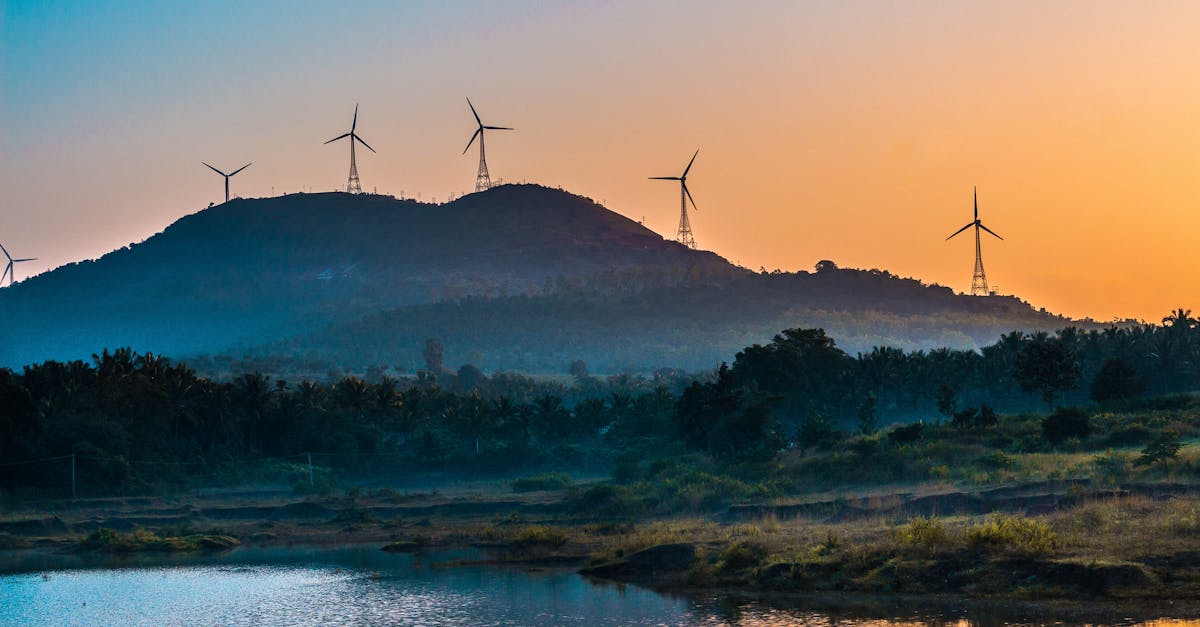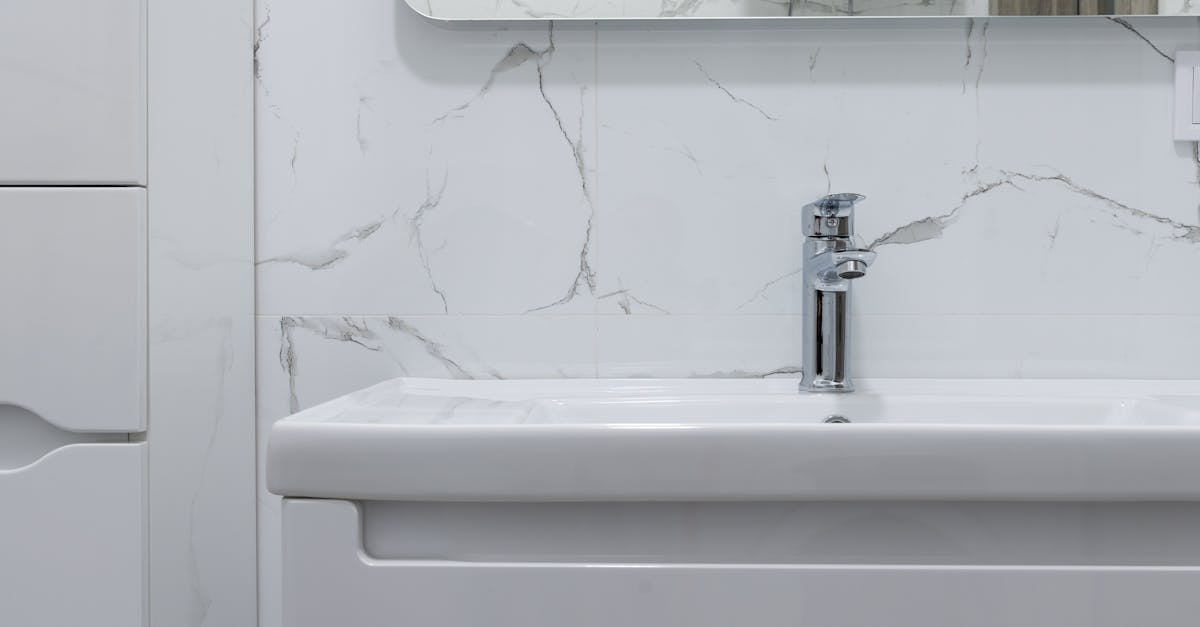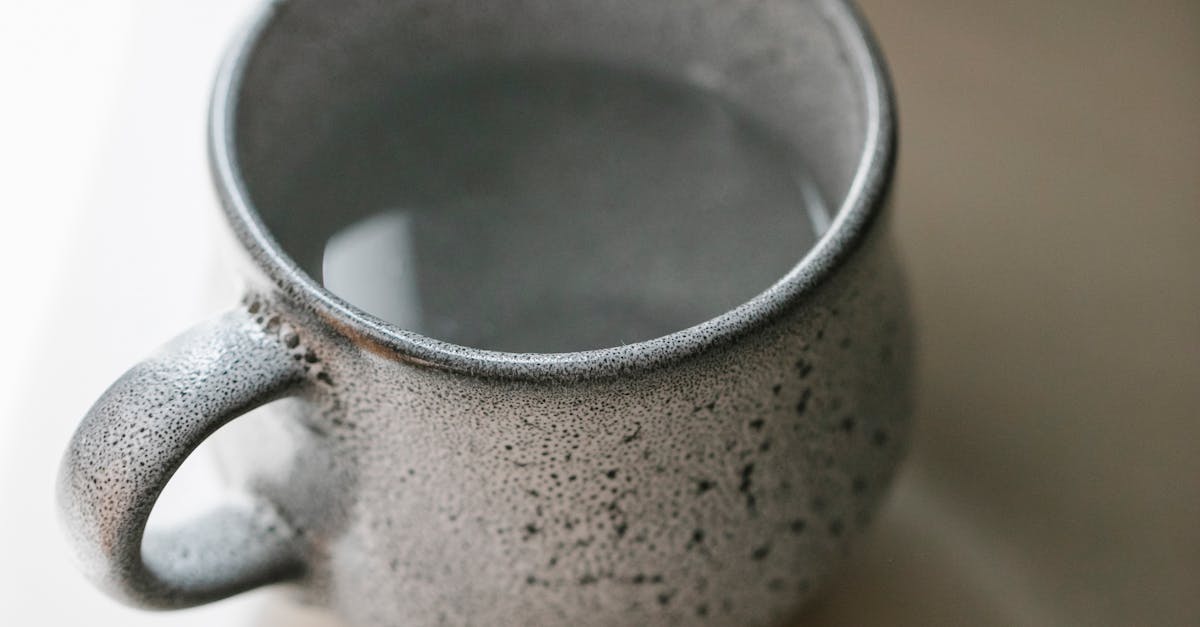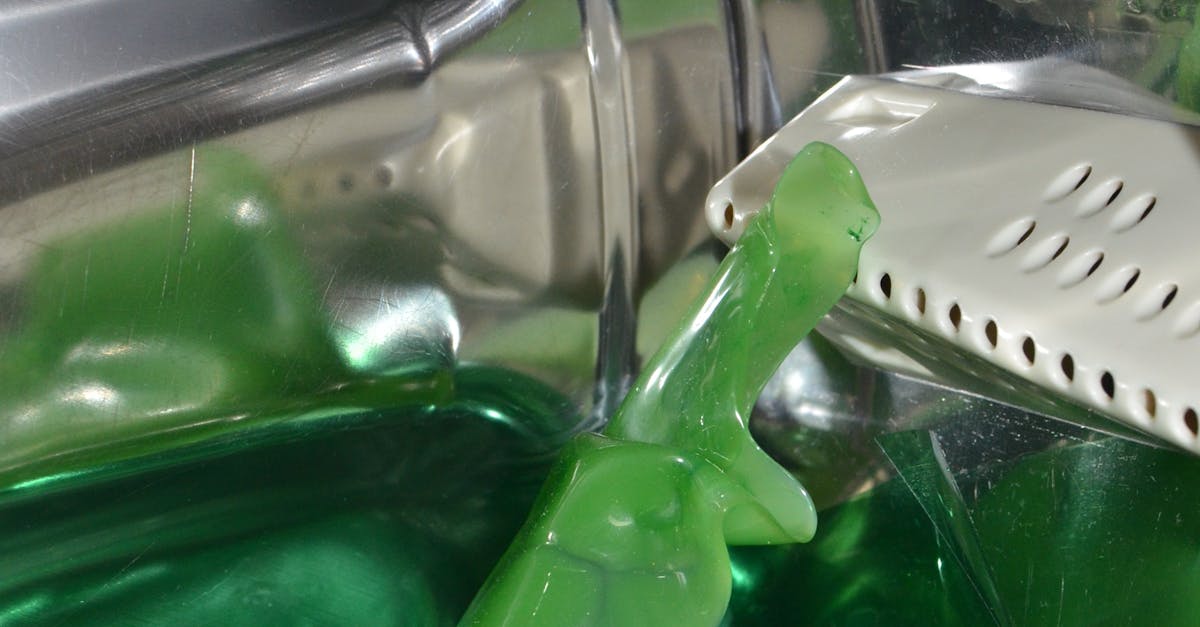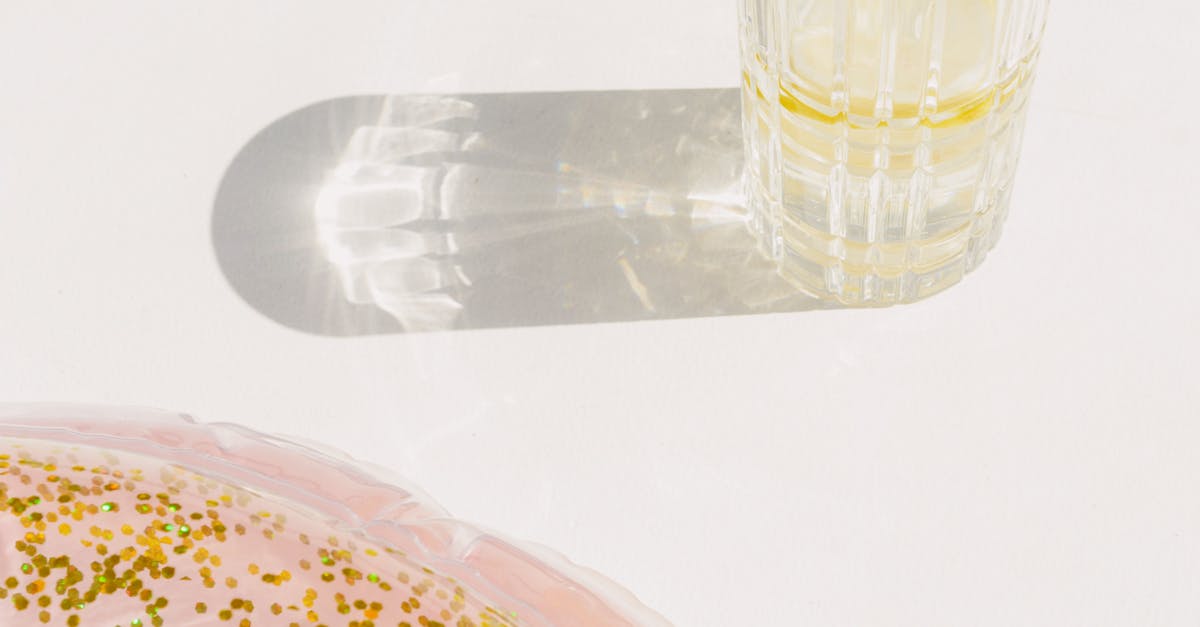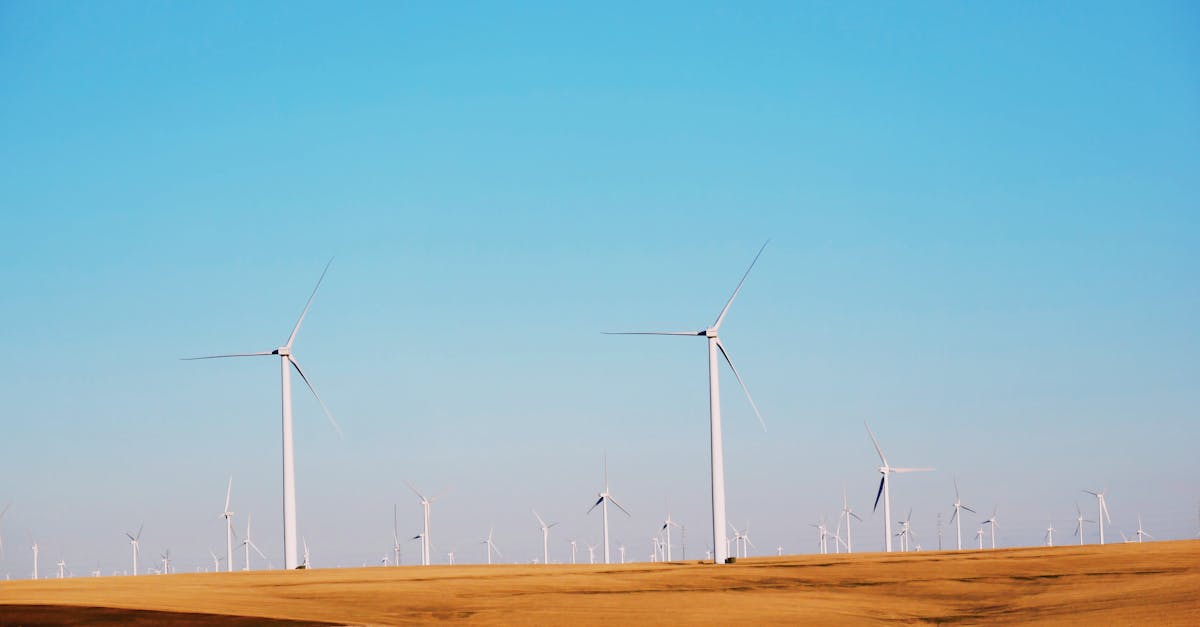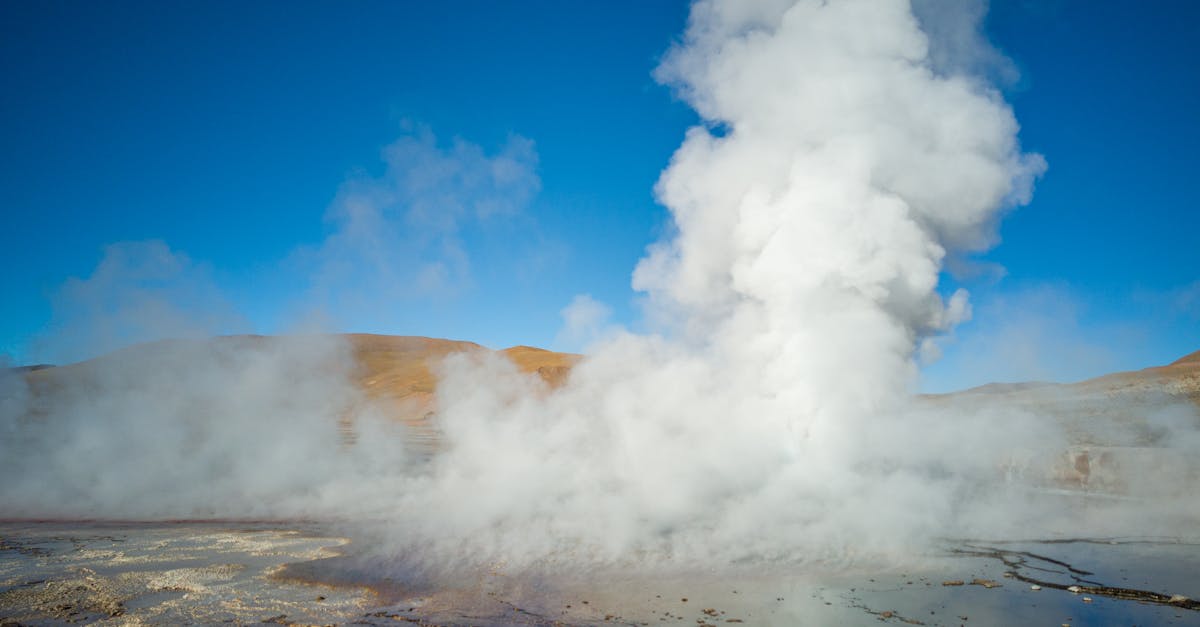
Table Of Contents
StepbyStep Process of Flushing
Flushing a hot water system involves several crucial steps that ensure effective maintenance and optimal performance. Begin by turning off the power supply to your water heater and shutting off the cold water supply. Next, connect a garden hose to the drain valve at the bottom of the tank, directing the other end to a suitable drainage area. Opening the drain valve allows the water to flow out, which should be done slowly to prevent any sudden surges. Once the tank is empty, turn on the cold water supply briefly to stir up any sediment or buildup and allow it to flush out alongside the remaining water.
After the initial flushing, close the drain valve and detach the garden hose. It is then important to refill the tank by turning the cold water supply back on. Before restoring power to the hot water system, ensure that the tank is full by checking the hot water faucet to verify that there are no air pockets. This entire process is known as Hot Water System Cleaning, and it effectively removes debris and sediment that can diminish efficiency. Regular flushing helps extend the life of your water heater and improves overall water quality.
Preparing Your System for a Flush
Before initiating the flushing process, it is crucial to prepare your system to ensure optimal results. Begin by turning off the power supply to your water heater and shutting off the cold water inlet valve. This will prevent any new water from entering the tank during the flush. It is advisable to allow the water to cool down before proceeding. Once the water temperature is at a safe level, connect a garden hose to the drain valve at the bottom of the tank to direct the water to a suitable drainage area.
Hot Water System Cleaning is a vital step in maintaining the efficiency of your heating system. As sediments and mineral deposits accumulate over time, they can impact the performance and longevity of your system. Consider using a water softening solution if your area has hard water. This can help mitigate buildup and enhance overall efficiency. After ensuring all initial preparations are complete, you will be ready to start the flushing process with confidence.
Safety Precautions to Consider
When engaging in hot water system cleaning, safety should be your utmost priority. Before starting the process, ensure that the area around your water heater is well-ventilated. Wear protective gear such as gloves and goggles to shield yourself from any splashes or steam. It's essential to become familiar with the main water supply shut-off valve and the emergency shut-off features of your heater. This knowledge can prevent accidents in case of unexpected leaks or malfunctions during the flush.
Always be cautious about the temperature of the water involved in hot water system cleaning. High temperatures can cause severe burns, so use a thermometer to check the water temperature before proceeding. Additionally, keep children and pets at a safe distance from the work area. Following these precautions can help ensure a safer and more effective cleaning process, minimizing the risk of emergencies and injuries.
Protecting Yourself During the Process
When performing hot water system cleaning, it is crucial to wear protective gear. Safety goggles can shield your eyes from any splashes that may occur during the flush. Thick rubber gloves will protect your hands from the high temperatures and any potentially harmful chemicals used in the process. Long sleeves and pants provide an additional layer of protection, minimizing skin exposure to hot water and contaminants.
Before starting the flushing procedure, ensure the area around the hot water system is clear of obstacles. This reduces the risk of tripping or accidentally spilling hot water on yourself. Make sure to alert anyone nearby about the ongoing project to avoid any unexpected interruptions. Having a buddy system in place can also enhance safety, allowing someone to assist in case of an emergency.
PostFlush Maintenance Tips
After completing the hot water flush, it is essential to engage in proper post-flush maintenance to ensure the longevity and efficiency of your system. Regular inspections can help identify any issues that may arise after cleaning. Check for leaks, unusual noises, and changes in water temperature or pressure. Keeping an eye on these factors allows for early intervention and prevents minor issues from escalating into more significant problems.
Hot Water System Cleaning should be part of your ongoing maintenance routine. Consider scheduling annual flushes to maintain optimal performance. Additionally, keep the area around your system clear of debris and ensure that air vents are unobstructed. Monitoring water quality is crucial. Routine testing for minerals or contaminants can help safeguard the health and effectiveness of your hot water supply.
Ensuring Optimal Water Quality
Regular maintenance is essential for ensuring optimal water quality in your hot water system. After flushing, it is crucial to check the temperature and pressure settings. Verify that your thermostat is correctly calibrated to avoid any scalding risks. Additionally, inspecting your plumbing for any leaks or corrosion can help maintain water quality over time.
Implementing a routine for Hot Water System Cleaning can further enhance your system's performance. This process not only eliminates sediment buildup but also helps in preventing bacterial growth. Consider testing your water periodically to assess its quality, ensuring that it remains safe and clean for everyday use. Regular checks can save you from costly repairs down the line and contribute to a more efficient hot water system.
FAQS
How long does a hot water flush typically take?
A hot water flush usually takes between 30 minutes to 1 hour, depending on the size of the system and the specific procedures followed.
What factors can affect the duration of a hot water flush?
Factors such as the size of the water heating system, the amount of sediment build-up, and the flushing method used can all influence how long the process takes.
Can I speed up the hot water flush process?
While it’s important to follow the proper procedures for safety and effectiveness, you can ensure efficiency by preparing your system and having all necessary tools ready beforehand.
Do I need to be present for the entire duration of the flush?
Yes, it is advisable to stay nearby during the entire process to monitor the system and address any potential issues that may arise.
How often should I perform a hot water flush?
It is recommended to perform a hot water flush at least once a year to maintain optimal water quality and system efficiency.







